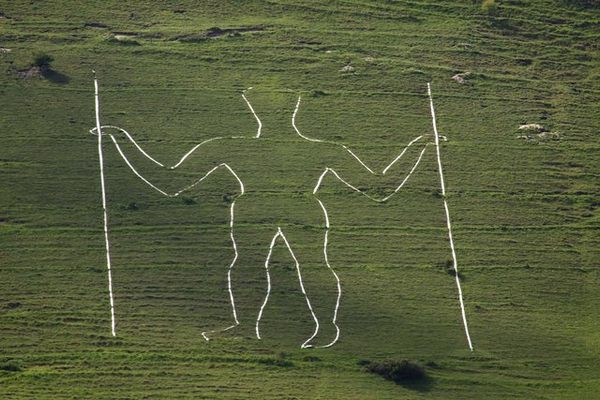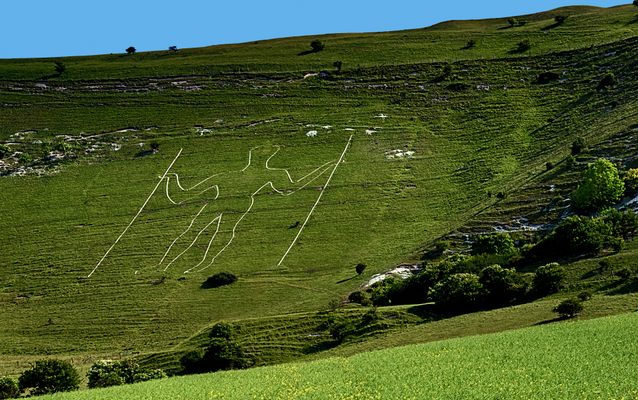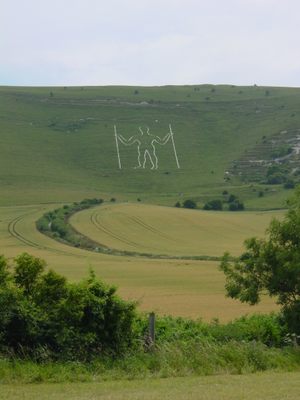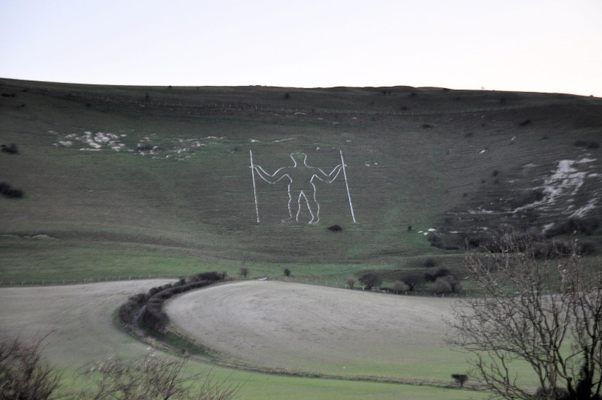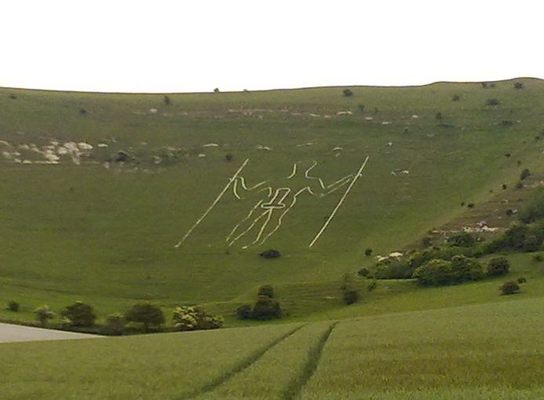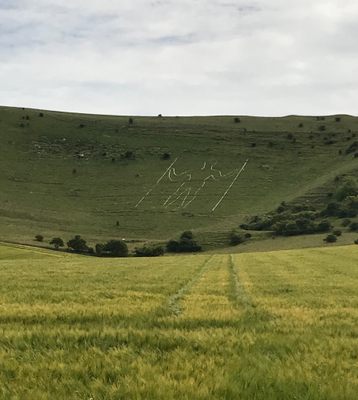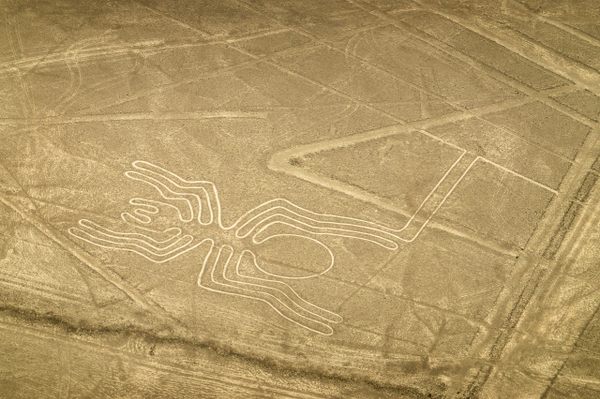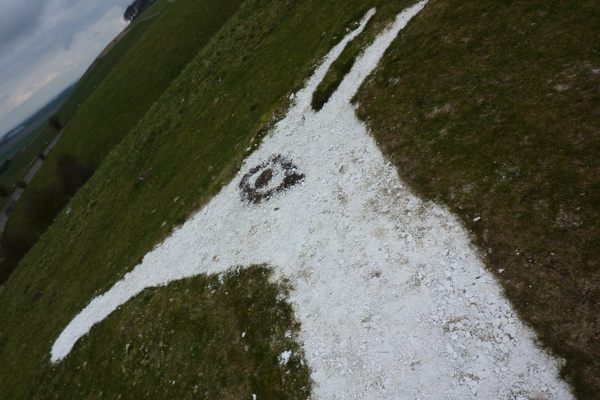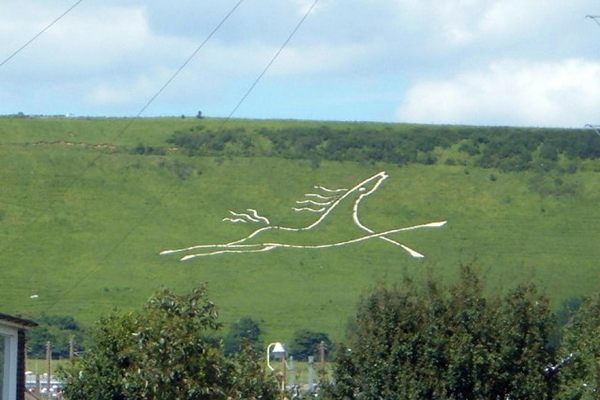About
A mysterious 235-foot tall man clutching two staffs presides over the hills of East Sussex, England. His looming figure, etched into the earth, has perplexed people for centuries.
The geoglyph has revealed few of its secrets since it was first documented in the early 1700s. No one truly knows when the Long Man of Wilmington (once also referred to as the Green Man and the Wilmington Giant) first appeared, or why someone felt inclined to create him in the first place.
Archaeologists and historians originally believed the massive man had ancient origins. Some thought he was an Iron Age artwork, others proposed he was a symbol from a lost Neolithic astral religion, and still others believed he was a Romano-British relic.
A 2003 excavation disproved these ancient explanations and discovered the geoglyph has more recent origins, likely from sometime in the early 16th or 17th centuries. But this hasn’t stopped neo-pagans from proclaiming the hill figure is an ancient, sacred site.
They gather at the hill figure to perform pagan rituals throughout the year. On May Day, at dawn, the Long Man Morris Men perform a traditional dance at its base.
A 2007 stunt involving women who laid in the grass to give the geoglyph female characteristics like hair, hips, and breasts angered neo-Druids who felt the act dishonored the “ancient” artifact. It wasn’t the first time the hill figure received an anatomical addition. During the 2010 summer solstice, pranksters took it upon themselves to give the Long Man a rather long male appendage.
Related Tags
Published
November 27, 2017
Sources
- https://kiddieacademy.com/academies/stafford/programs/infant-daycare/
- https://kiddieacademy.com/academies/stafford/programs/toddler-daycare-curriculum/
- https://kiddieacademy.com/academies/stafford/programs/preschool-curriculum/
- https://kiddieacademy.com/academies/stafford/programs/preschool-curriculum-2/
- https://kiddieacademy.com/academies/stafford/programs/pre-kindergarten/
- https://kiddieacademy.com/academies/stafford/programs/school-age-programs/
